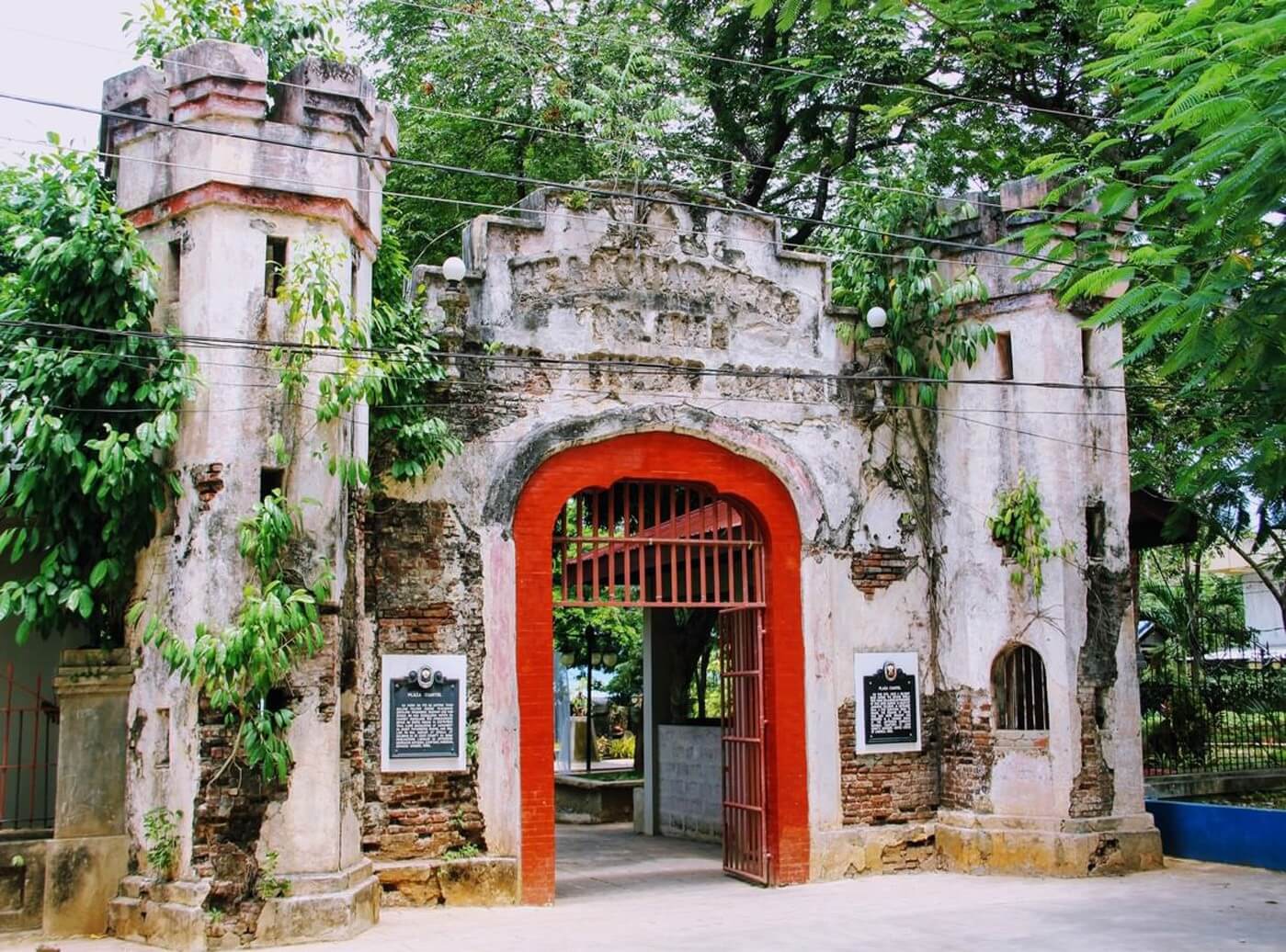Culture & Heritage
culture
The major languages of Palawan are English, Tagalog, and Ilonggo, but the most widely spoken native languages are Cuyonon and Palawanon. The island has very diverse cultural groups with nearly a hundred different dialects in Palawan, yet the people of Palawan are very friendly and its diversity is not a problem for any type of tourist. When visiting Palawan, you can enjoy learning about the various dialects in Palawan as much as the islands and its people.
A must visit cultural spot for tourists is the Palawan Museum in Puerto Princesa!
“Under the management and supervision of the Natural Historical Foundation of Palawan and City of Puerto Princesa, Inc., it is an institution that showcases the history, culture, music, arts, and crafts of Palawan. Its exhibit shows the archeological, ethnological collections, such as jars and porcelain, hunting and trapping tools used by the early ancestors, musical instruments, brassware, and some artifacts from the Tabon Caves and antique diggings from Cuyo during the Spanish Era.”

culture
Palawan has a very rich diversity due to its vast number of culture groups. In this province, there are 87 different cultural groups, and due to its proximity with Asia, it bears strong influences from China, India, and the Middle East. Many different religions are practiced in Palawan due to its diverse cultural past. The predominant religion is Roman Catholicism brought to Palawan by the Spanish, yet there are pockets of Muslims due to many early Malay settlers bringing over their religion.

Etiquette
Filipinos are known to be extremely hospitable and sensitive. Confrontations are frequently avoided, and for some, even the word ‘no’ is used sparingly. A great amount of nonverbal communication, primarily with the head and arms is used often in the Philippines. “Yes” is signified by a jerk of the head upward. “No” is signified by a jerk of the head down. Since the Filipinos rarely say no, the non-verbal sign for “no” is sometimes accompanied by a verbal yes, which would still indicate “no.” This is only meant to soften the ‘no’ and should not be misunderstood as an affirmative response. Body language is sometimes more important than verbal language when communicating.
Some things to avoid are staring and standing with hands on the hips. Staring is considered rude and could be misinterpreted as a challenge and should best be avoided. Filipinos may stare at foreigners, especially in areas where foreigners are rarely seen. Standing with hands on the hips is considered a sign of anger or raising your voice. To indicate two of something, use your ring and pinkie fingers instead of your index and middle fingers. Also to beckon, extend your arm out, palm down, moving fingers in scratching motion. Touch someone’s elbow lightly to attract attention. Do not tap on the shoulder. Do not curl your index finger back and forth with your palm up. This is an insult.


Meals are often served family-style or buffet-style where you serve yourself. One of the more unique local dining experiences is the ubiquitous turo turo (‘point-point’) found in every town. These restaurants only require that you point at your selection. No knowledge of food names is necessary; this is authentic local cuisine at its best. A fork and spoon are the typical eating utensils. Hold the fork in the left hand and use it to guide food to the spoon in your right hand. When dining in public places, it is polite to keep your hands above the table at all times. At the end of the meal, Filipinos typically leave a small amount of food on the plate as to not appear greedy. To show that you’ve finished eating, place both your fork and spoon parallel on the plate.
Palawans Heritage
Palawan Heritage Center
Is an interactive museum located in Fernandez Street, right at the heart of Puerto Princesa. It is museum with modern architecture and atmosphere. The museum is very high-tech. It has quite a number of touch-screen videos and holograms that educate those who go in the museum regarding the history of both economic and environmental trials that the city has faced. You will also be able to see artifacts, dioramas and photographs.
Palawan Museum
Located in the town of Quezon, Palawan, Palawan Museum is where a lot of preserved and well maintained artifacts of the earliest Filipinos are found. It gives a different view of the history of not only Palawan but of the Philippines as well. Visitors will see how the culture, lifestyle, instruments, knowledge of Filipinos developed through the years.
Palawan Special Battalion WWII Memorial Museum
Learn about the hardships; try to see yourself in the shoes of the soldiers who fought during World War II in the Palawan Special Battalion WWII Memorial Museum. You will be able to see weapons, uniforms of the soldiers, old typewriters, and many more artifacts that had survived one of the biggest wars that the world has seen. Even vehicles of that time are found in that museum. If ever you wish to take pictures, no need to worry. The museum permits to have photos taken inside.
Plaza Cuartel
Is a peaceful park to most people, but in reality it is a place that has witnessed dark events. Appreciate and marvel on the great structures and architectures found in the park. The tunnels and its garrisons is the venue of the tragic Palawan Massacre. Although as tragic as its history may seem, this has become a tourist destination for it has become a symbol of what one must pay to get a taste of freedom.
Butterfly Eco Garden
The amazement people feel with Palawan’s beaches will also be the same amazement you will get when you see the Palawan Butterfly House and Tribal Village. This ecological garden has been a home of a variety and diverse species of butterflies. There are also species of dragonflies found inside and as well as some animals such as crocodiles, lizards, etc.






